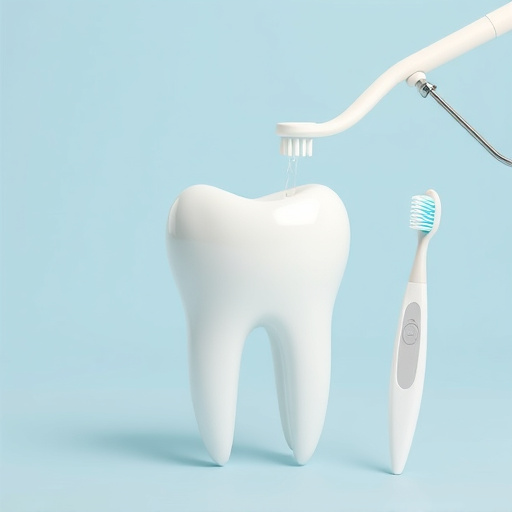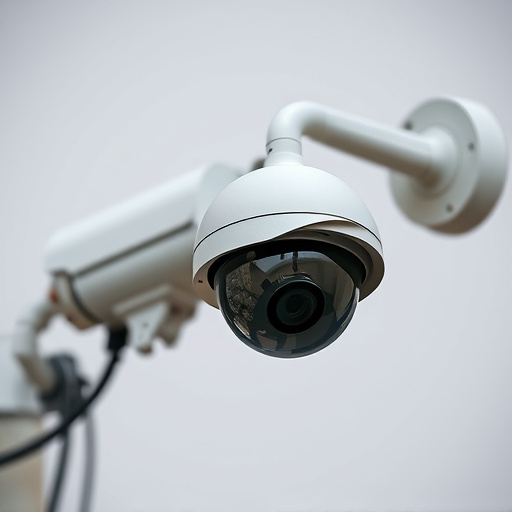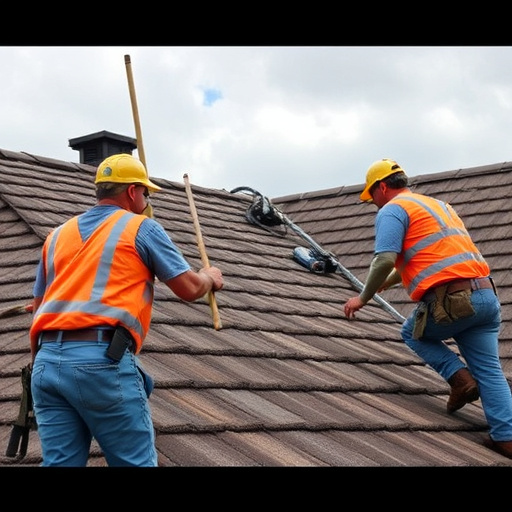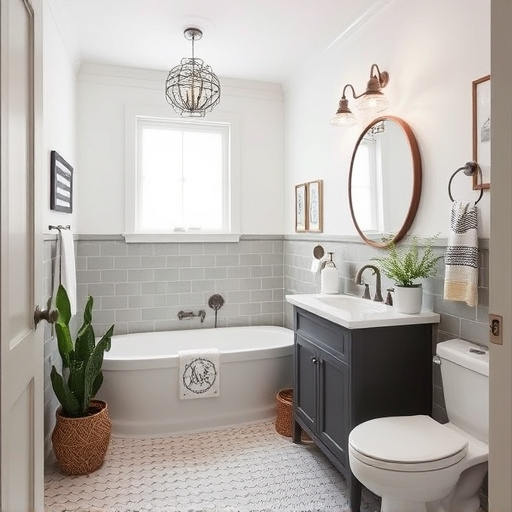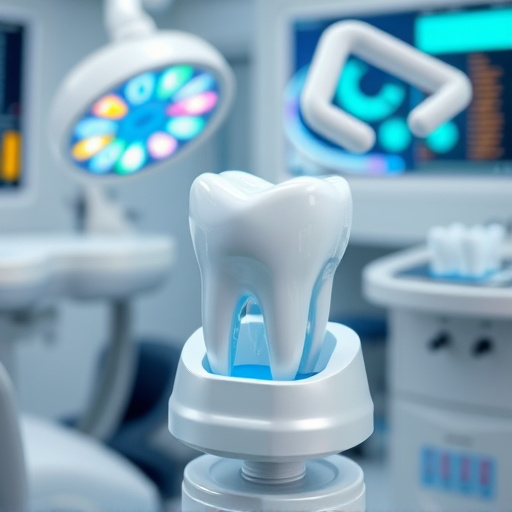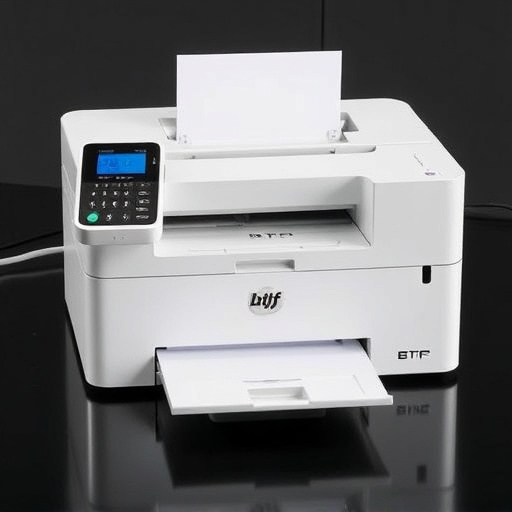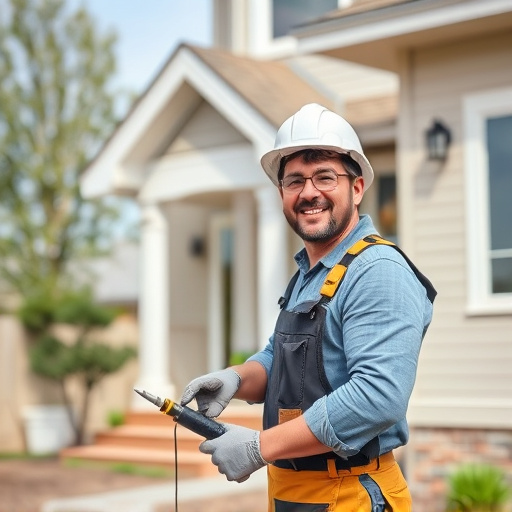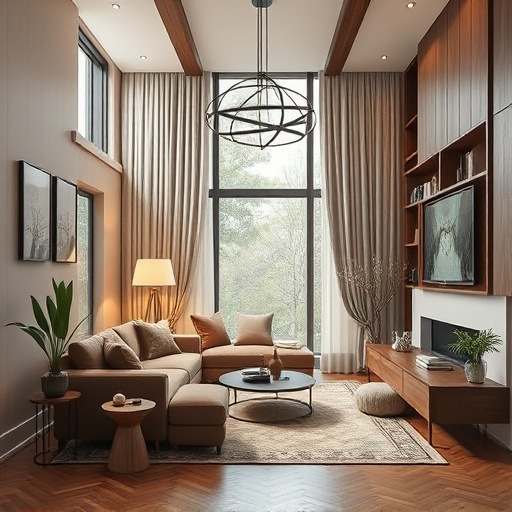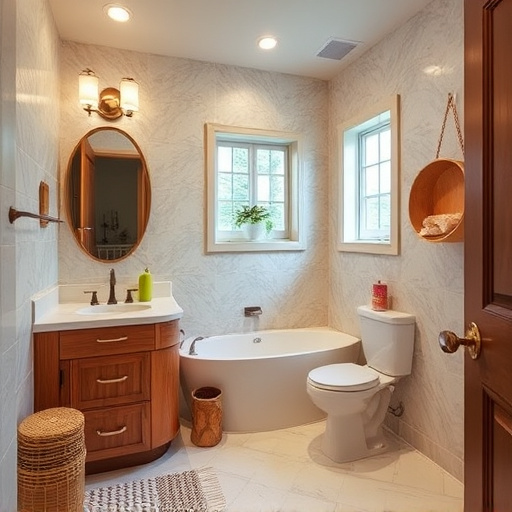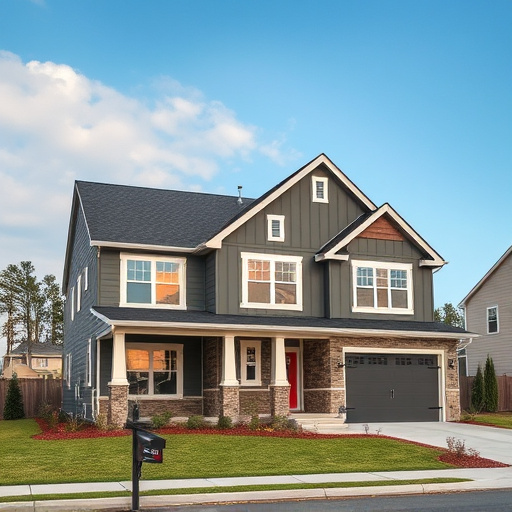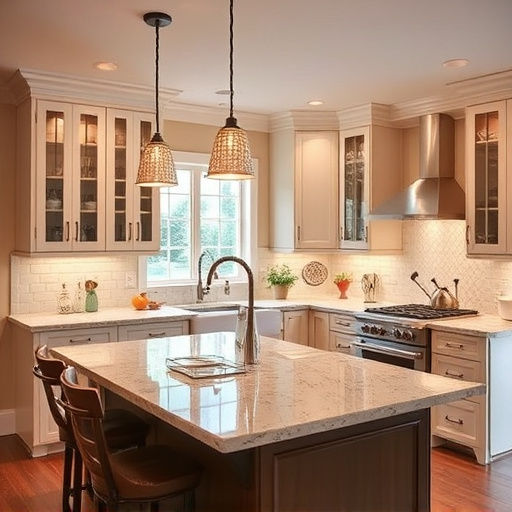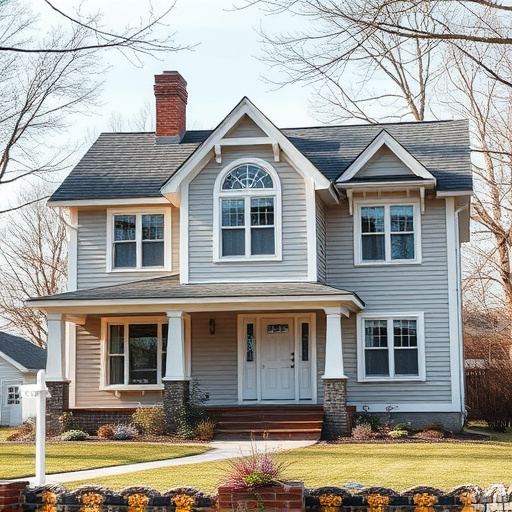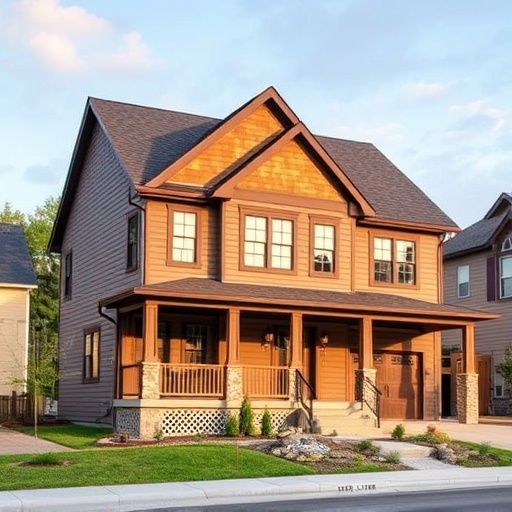As businesses reopen post-pandemic, commercial remodeling prioritizes health and safety with enhanced sanitation (like improved handwashing access and self-cleaning surfaces), effective ventilation systems, durable easy-to-clean floor materials, and advanced air filtration. Key trends include contactless entry systems, reconfigured layouts for social distancing, and innovative solutions that boost occupant well-being and confidence. Robust biosecurity protocols, smart technology, and automatic ventilation controls are now essential, reflecting a growing understanding of the link between physical spaces and public health. These measures ensure safe havens that protect occupants from emerging threats while driving post-pandemic home transformations.
In the wake of the pandemic, the landscape of commercial spaces has evolved significantly. This article explores crucial post-pandemic design priorities reshaping commercial remodeling plans. From prioritizing health and safety measures, such as implementing robust biosecurity protocols and enhancing air quality, to redefining interior design for hybrid work environments and integrating sustainability as a core pillar, these strategies are transforming offices into functional, safe, and eco-friendly spaces. Discover how commercial remodeling is adapting to meet the new normal.
- Prioritizing Health and Safety Measures in Commercial Remodeling
- – The impact of the pandemic on commercial spaces
- – Implementing biosecurity protocols in remodeling projects
Prioritizing Health and Safety Measures in Commercial Remodeling
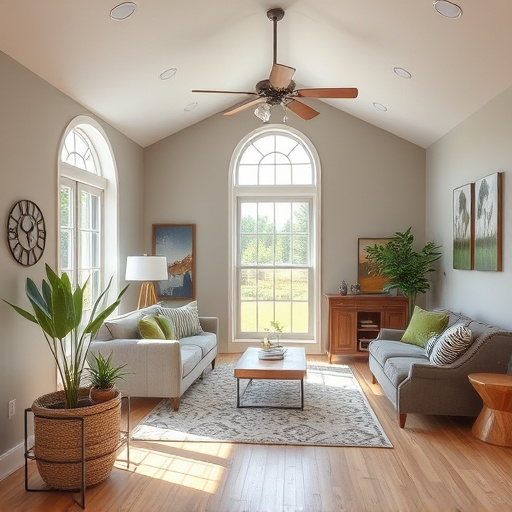
As commercial spaces reopen post-pandemic, remodeling plans must prioritize health and safety measures to create welcoming environments for occupants. This includes enhanced sanitation strategies, such as increasing accessibility to handwashing stations and incorporating self-cleaning surfaces in high-touch areas. Additionally, proper ventilation systems that promote fresh air circulation are essential to mitigate the spread of airborne pathogens.
Floor replacements with durable, easy-to-clean materials can significantly contribute to a safer space. Customized home renovations focused on improving air quality through advanced filtration systems and smart building management technologies will become increasingly sought after. These measures not only ensure the well-being of occupants but also foster confidence in commercial spaces, ultimately driving post-pandemic home transformations.
– The impact of the pandemic on commercial spaces
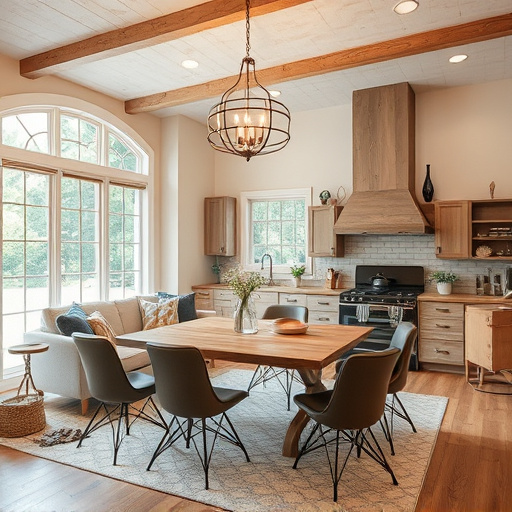
The COVID-19 pandemic has significantly reshaped how we perceive and utilize commercial spaces. With prolonged lockdowns and shifting work cultures, businesses had to adapt swiftly, leading to a profound impact on commercial interior design and remodeling trends. The need for more flexible, adaptable, and health-focused environments became paramount. Offices transformed into hybrid workspaces, retail stores adopted new safety measures, and public spaces were reimagined to accommodate social distancing.
This period accelerated the demand for innovative solutions in commercial remodeling. From contactless entry systems and enhanced ventilation to reconfigured office layouts and improved sanitation stations, these changes are here to stay. As we move forward, the pandemic’s influence on design will continue to shape the future of commercial spaces, prioritizing functionality, safety, and overall well-being. This shift presents exciting opportunities for renovation services, whether it’s updating existing commercial properties or planning whole house remodels to cater to evolving business needs and employee preferences.
– Implementing biosecurity protocols in remodeling projects
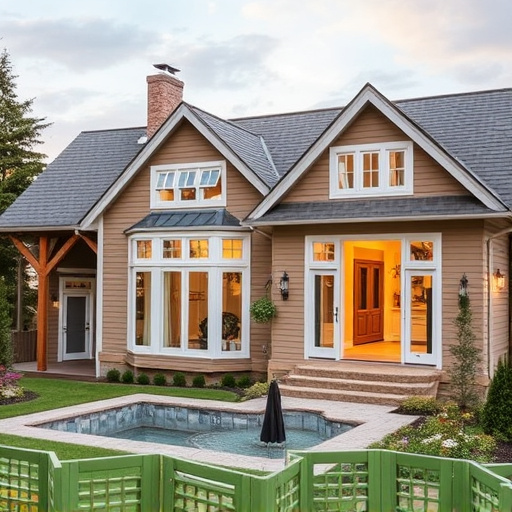
As we emerge from the shadows of the pandemic, commercial remodeling projects are taking on new dimensions, prioritizing health and safety like never before. Implementing robust biosecurity protocols is no longer an option but a necessity in the current climate. This involves a multifaceted approach, from enhanced sanitation procedures to innovative air filtration systems and smart technology solutions that facilitate contact tracing and automatic ventilation controls.
Integrating these measures into commercial remodeling plans requires careful consideration of every aspect of the project, from initial design stages through construction and final handover. The goal is not just to create functional spaces but to ensure they are safe havens that protect occupants from emerging threats. This shift in priority underscores a growing awareness of the intimate connection between physical spaces and public health, paving the way for more resilient and adaptable commercial environments moving forward.
As we emerge from the pandemic, it’s clear that prioritizing health and safety measures is no longer an option but a necessity in commercial remodeling. By implementing robust biosecurity protocols, designers and developers can create spaces that protect occupants while fostering productivity and well-being. This shift in focus represents a significant post-pandemic design priority, shaping the future of commercial spaces to be more resilient, adaptable, and ultimately, safer for all.
